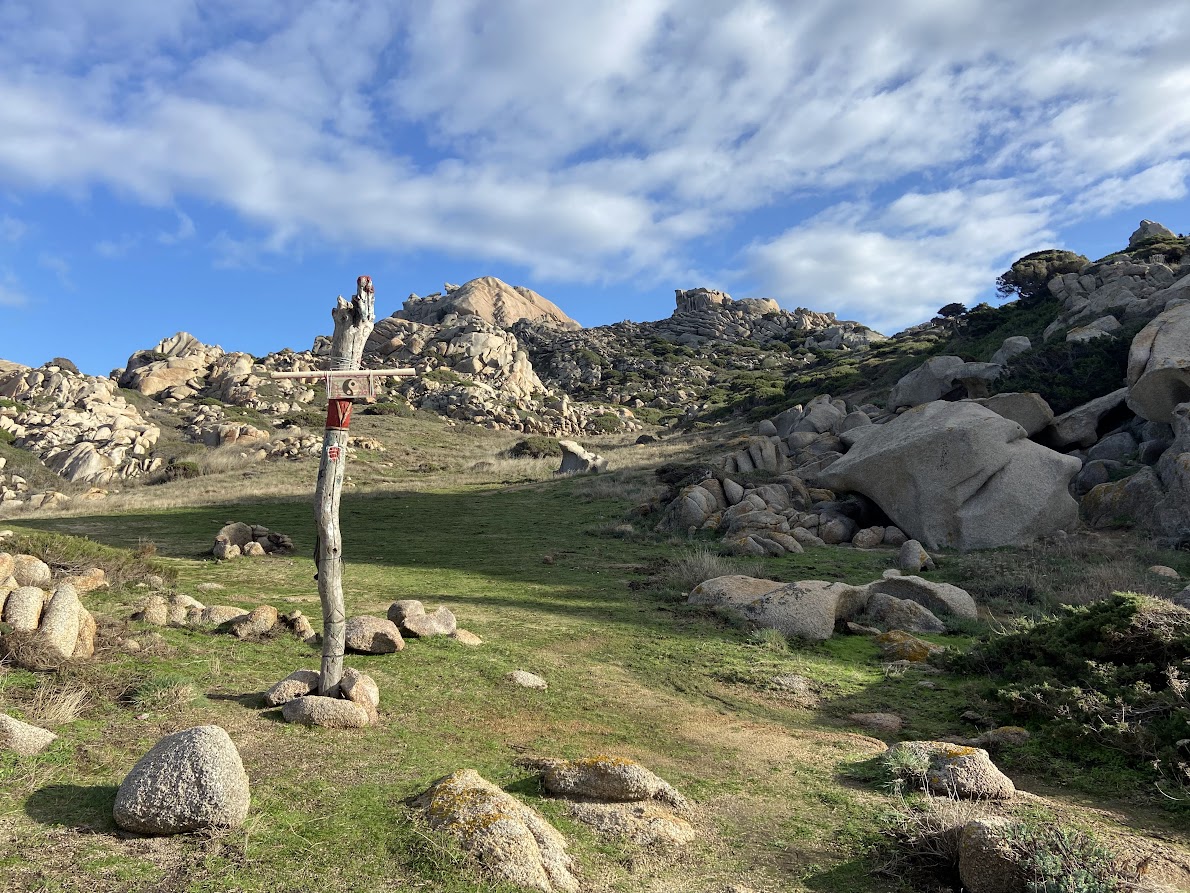
Sardinian castles
An ancient symbol of the island, its heritage expressing the pride and glory of the original inhabitants in the form of stone towers, villages and complexes. Nuraghi (or singular nuraghe), are buildings dating from the 2nd millennium BC and there are at least 7,000 of them all over the island. The round stones, stacked with maximum precision without any binder, form individual towers, settlements with circular huts, or multi-storey bastions. The original function of the nuraghs is not completely clear, they are supposed to have served for defense, as dwellings of leaders, for social gatherings, storage, worship, or observation of the night sky. The majesty of the nuraghs will amaze you to this day, especially in the sophisticated complexes. Su Nuraxi – Barumini – The proud and most famous representative of stone fortresses on the island is the only one registered on the list of UNESCO’s material heritage and has only recently seen the light of day again. In the middle of the 20th century, the politician and archaeologist Giovanni Lilliu, born in Barumini, was responsible for the excavation of this, until then covered with soil, complex, consisting of a four-lobed bastion with a main three-story tower and a village of circular huts that spread out below. The complex was inhabited from the 16th century BC to the 2nd half of the 1st millennium AD, first by the Nuragic tribes and later by the Punic and Roman civilizations. Excavations have brought to light rare objects from different periods that can be seen in the museum in the village of Barumini or the archaeological museum in Cagliari. Today, this monument is open to the public with guided tours. Santu Antine – Torralba – The Santu Antine nuragic complex near the town of Torralba in the Sassari region is unique for its architecture, height and preservation. Although a large number of nuraghes are concentrated in its vicinity and the entire area is nicknamed the “valley of nuraghes”, none of them can be compared to nuraghe Santu Antine, with its elaborate structure. The central tower, which originally reached up to 24 meters, is now over 17 m high and rises above the three-lobed wall around it. A surprising number of corridors, floors, courtyards and wells intertwine in precise harmony, and the basalt blocks of stone are precisely placed so that they stand the test of time without any binder, radiating majesty as in their heyday. Nuraghe Losa – Abbasanta – On the main road n.131, at the exit to the village of Abbasanta, there is a monumental nuragh complex, which at first glance catches the eye with its regular high walls. The nuraghe has a triangular floor plan with the main tower in the middle, there are niches in the perimeter walls, and internal corridors connect individual rooms. It dates back to the Bronze Age and probably changed its functions over the centuries, it was also a burial ground during the Roman era. Next to the main bastion, you can observe circular huts and part of the original masonry. Nuraghe Arrubbiu – Orroli – In south-central Sardinia, near the river Flumendosa, one of the island’s main streams, lies a unique place among nuraghi complexes. Nuraghe Arrubbiu is the only one with a main bastion composed of 5 towers. Due to the copper-coloured lichen that covers it, it is sometimes nicknamed the “red giant.” The massive bastion is surrounded by a defensive wall with 7 additional towers. Inside the fortress there is a square, then cisterns, fireplaces, alcoves, staircases, corridors, and the remains of stone huts can be seen around it. In total, the complex occupies an area of 5,000 m2. Nuraghe Palmavera – Alghero – About 10 km from the city of Alghero, on the northwestern side of Sardinia, rises the Nuraghe complex surrounded by a series of secrets. It is one of the few structures of this type that is located very close to the coast. In addition to 2 main towers surrounded by a rampart, nearly 50 circular huts were excavated, but their original estimated number was 2-3 times higher. During excavations a unique nuraghe model was found here, which can nowadays be seen in the archaeological museum in Sassari. La Prisgiona – Arzachena – The most important Nuragic structure in the northeast of the island, near the village of Arzachena, is located just a few kilometres from the most famous beaches of the Emerald Coast. Among the vineyards of Vermentino white grapes, the main tower (fortress) rises above a row of circular huts, connected by a curved bastion with 2 towers aside. Only a few hundred meters from the complex is the tomb of the Coddu Vecchia Giants from the Late Bronze Age.




